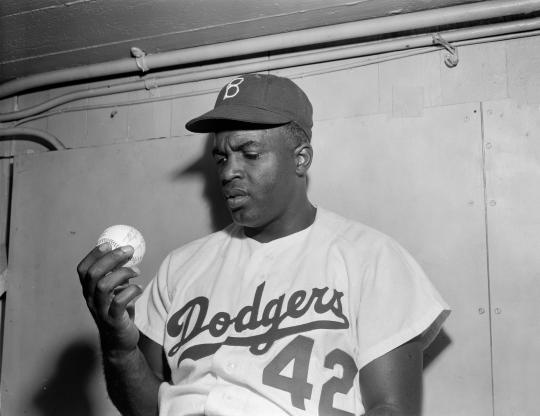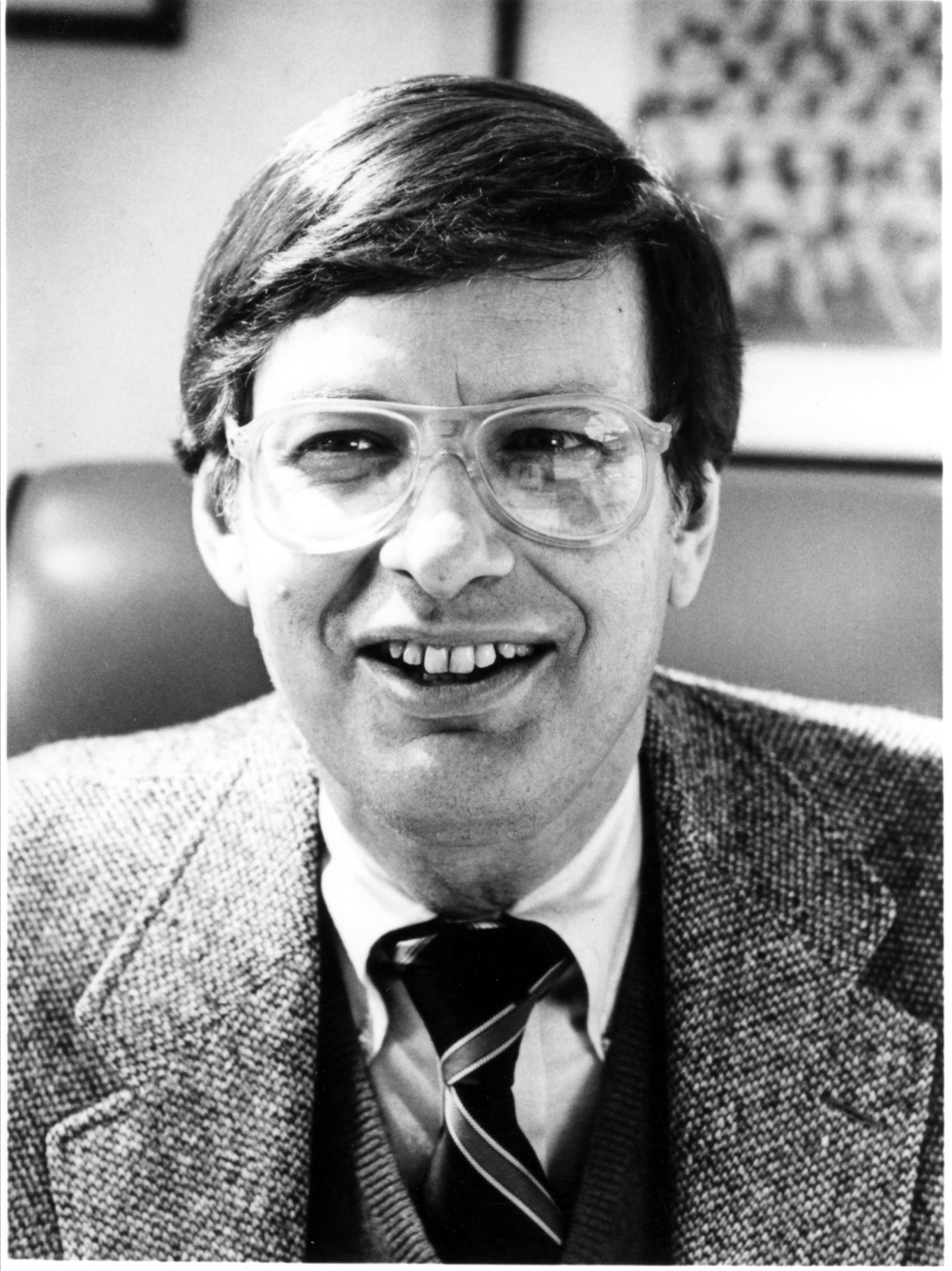- Home
- Our Stories
- April 15, 1997: Jackie Robinson’s Number Retired
April 15, 1997: Jackie Robinson’s Number Retired
Every year, on the anniversary of Jackie Robinson’s big league debut, the baseball world pauses to remember his unmatched contributions to the game.
In 1997, Commissioner Bud Selig made sure Robinson's work would be honored for all time by permanently retiring his No. 42.
In a ceremony before the April 15, 1997, game between the Los Angeles Dodgers and the New York Mets at Shea Stadium, Selig declared that No. 42 – Robinson's number with the Brooklyn Dodgers – would be permanently retired throughout Major League Baseball. Players who were wearing No. 42 at the time were allowed to continue with the number, with the understanding that no more would follow.
The New York Yankees' Mariano Rivera, who retired following the 2013 season, was the last active player to wear No. 42.
Robinson shattered baseball's color line on April 15, 1947, during the Dodgers' 5-3 win over the Boston Braves at Ebbets Field. Robinson went 0-for-3 at the plate, but handled 11 chances at his new position of first base. By the time the season ended, Robinson had played in 151 games, scoring 125 runs to go with a .297 average and a National League-best 29 stolen bases.
After the season, he won the first Rookie of the Year Award -- which at the time was given to just one player in baseball.
On the day of his debut, Robinson's name was placed in the lineup by Dodgers interim manager Clyde Sukeforth, who skippered Brooklyn for the first two games of the 1947 season due to a suspension handed down to manager Leo Durocher. After the first two games, Burt Shotton took over the club for the rest of the year.
"There was something about that man that just gripped you," Sukeforth said. "He was tough, he was intelligent and he was proud."
Robinson played 10 big league seasons, retiring after the 1956 campaign with a .311 career batting average, the 1949 National League Most Valuable Player Award and six World Series appearances. He was elected to the Baseball Hall of Fame on his first appearance on the Baseball Writers' Association of America ballot in 1962.
"Robinson's arrival in Brooklyn," wrote 1976 BBWAA Career Excellence Award winner Red Smith, "was a turning point in the history and the character of the game."
Craig Muder is the director of communications for the National Baseball Hall of Fame and Museum




